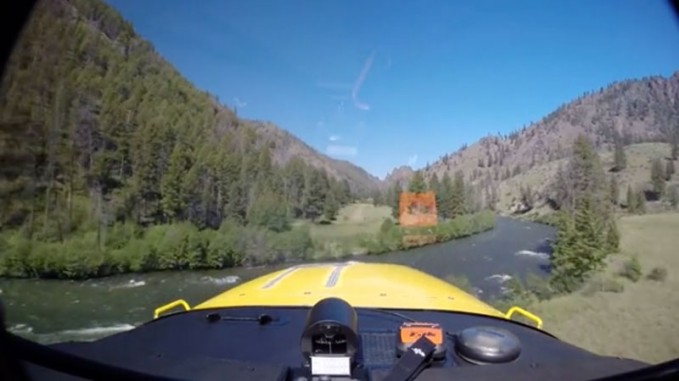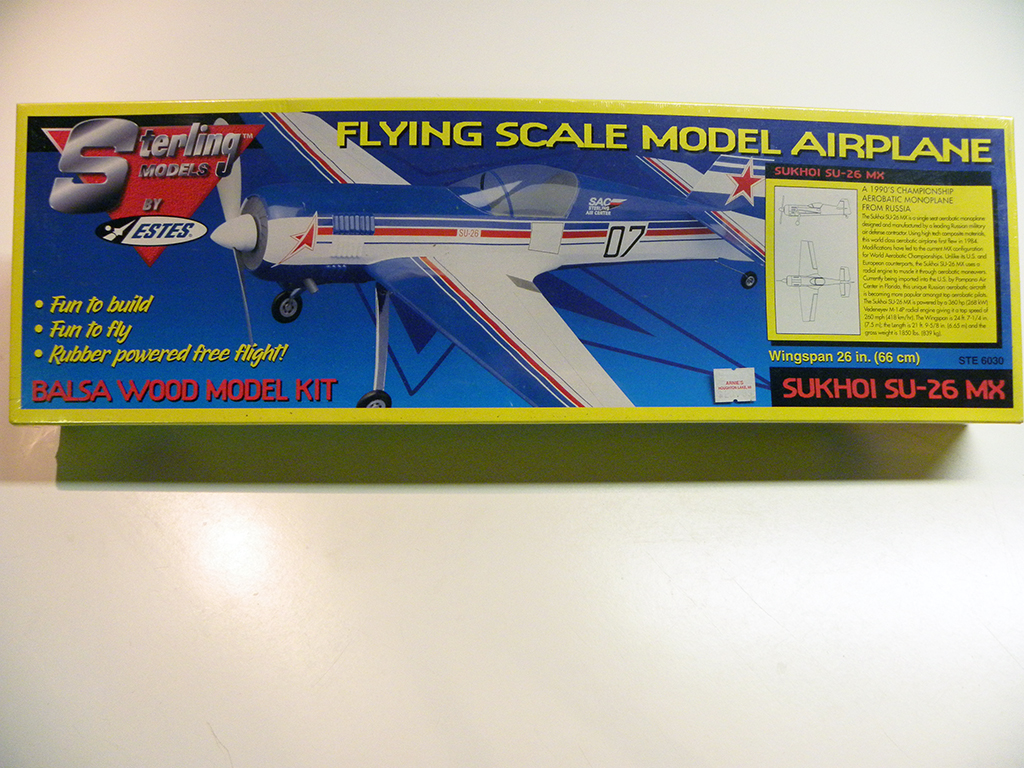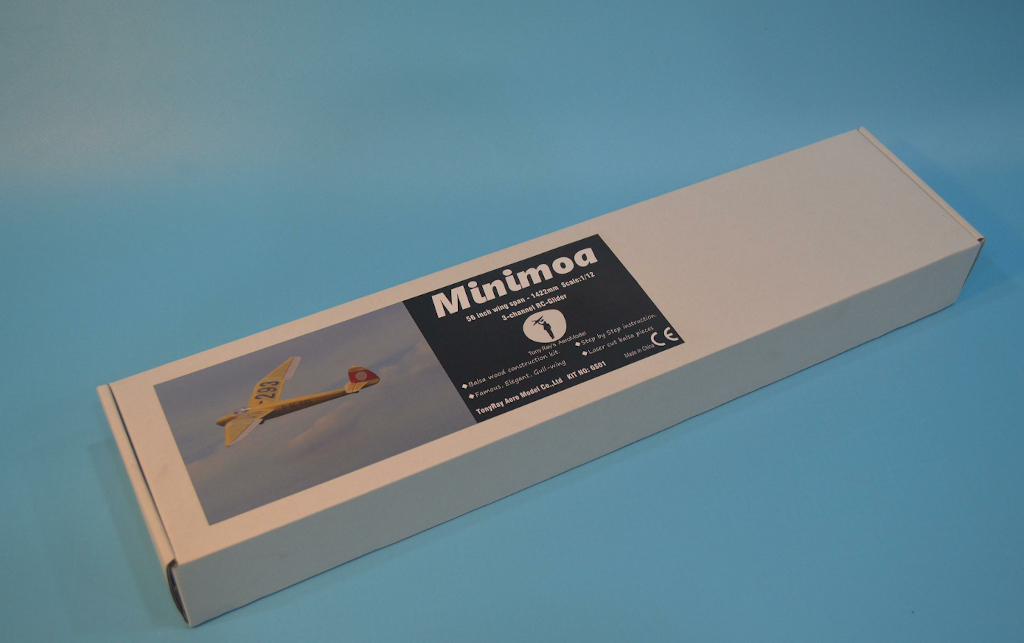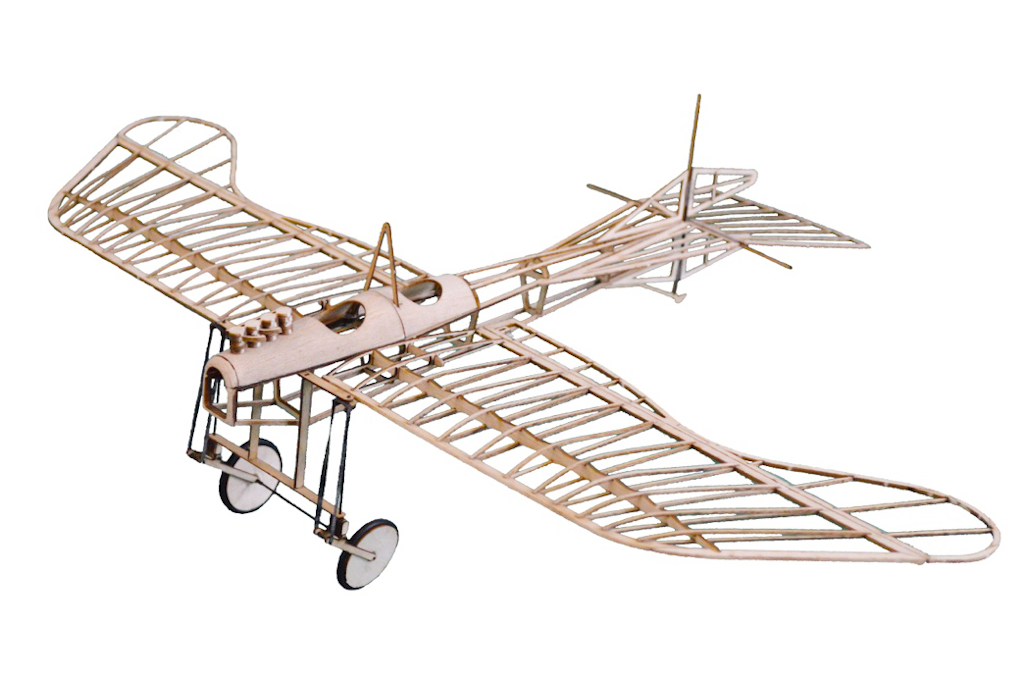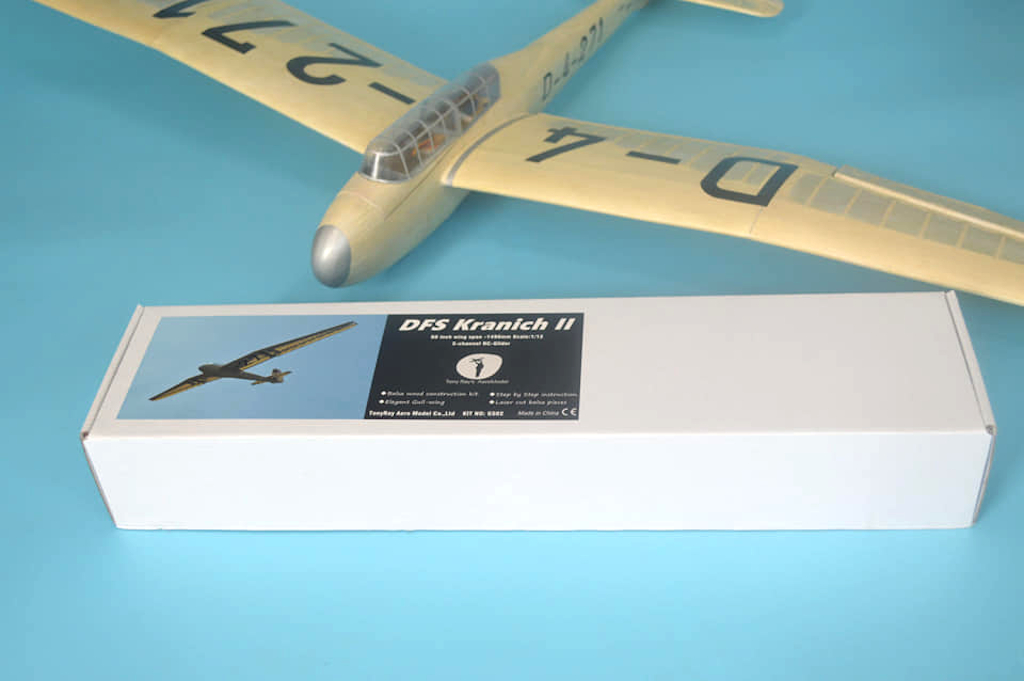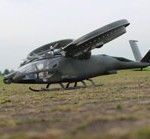Here are a couple of cool videos of landing a plane in remote areas of Idaho’s back country.
The airstrips in these videos are part of the Idaho Airstrip Network. The Forest Service has designated both of these airstrips for emergency use because of their condition and location. They require special skills and equipment beyond what is anticipated for general aviation. As a result, their use is discouraged.
The plane in both these videos is a Cessna 185 with a Sportsman STOL.
Vines Airstrip
This airstrip is 1,100′ long and is at 4,110′ elevation.
Simonds Airstrip
This airstrip is 900′ long and is at 5,243′ elevation. The strip is situated in a gorge with a pretty fair incline.
Landing on a 900′ grass strip at nearly a mile above sea level takes precision, skill, and a perfect touch. Not to mention very good planning and maybe a little luck.
Beyond the obviously tall pine trees, valley walls, encroaching boulders and a 37′ foot wide (narrow!) crooked and bumpy runway challenging the path of the aircraft and testing the talent of the pilot, the attitude threatens to suffocate the normally aspirated piston engine. At 5,243 feet above sea level, that’s just 37 feet shy of one mile. As altitude increases and the air thins, combustion weakens and power is reduced. This pilot deals with all that and makes the landing seem like a breeze.
(Sorry about the repeat that occurs in this second video.)


